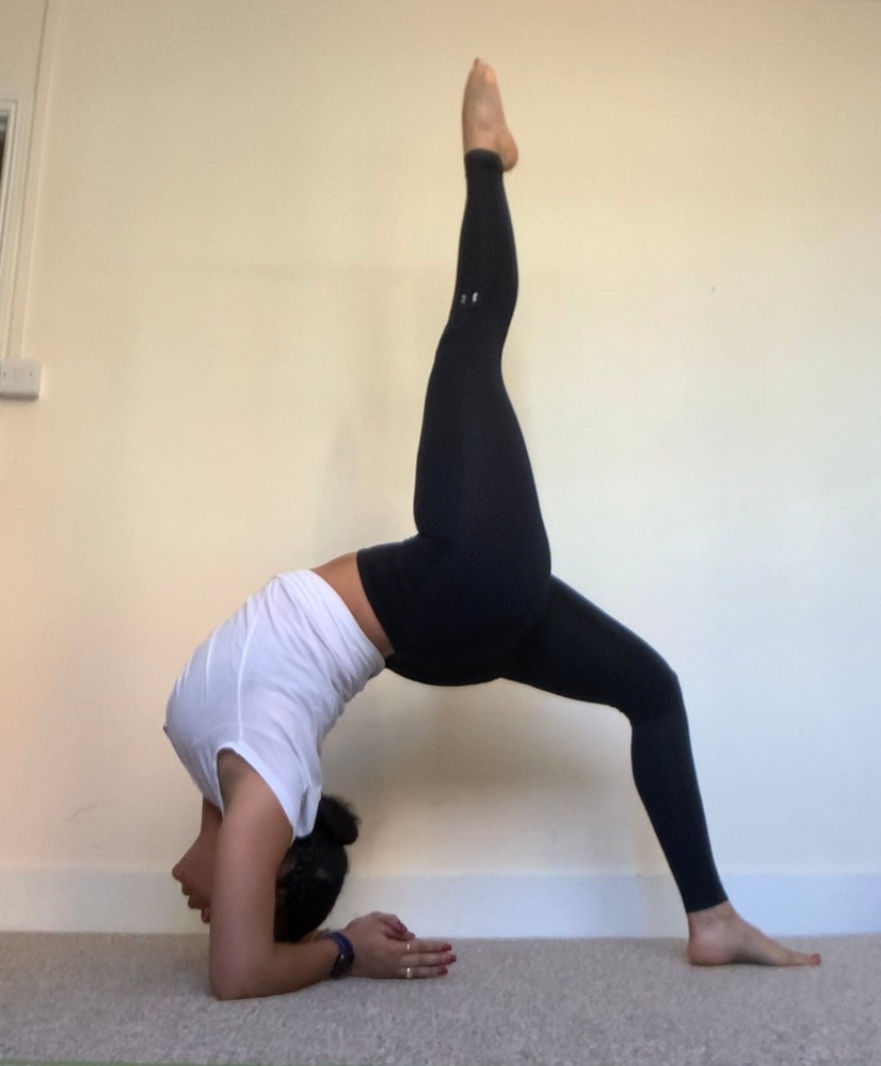Flexibility
- Tatianna Donbavand

- Jul 16, 2020
- 3 min read
Updated: Oct 7, 2021
Flexibility is probably the most neglected aspect of fitness and the benefits are often realised too late. Flexibility is simply defined as the amount of movement available at a joint or over a range of joints. Gentle stretching allows the body to become more pliable and less prone to injury. Including stretches in your warm up can help the body prepare for exercise, reduce muscle tension and make the body feel more relaxed. A strong pre-stretched muscle resists stress better than a strong unstretched muscle. Stretching can increase body awareness and promote circulation. You can stretch every day and flexibility can be improved at any age. Stretching can also help with pain and stiffness, it can reduce the risk of back problems and joint sprains. Most people sit for work, at a desk or computer and that comes with a lot of consequences, but we've all been sitting for hours at a time since we were kids so we don't think about it. If you go from sitting at a desk all day and then jump right into some weight lifting your body is not going to be ready for that. A lack of flexibility can also reduce the range of motion that you have available at your joints, meaning that you won't be able to perform exercises optimally. If you take five or ten minutes to warm up and within that warm up you do some dynamic stretching you give yourself some time to re-focus on what you're about to do, but you can also check in with parts of your body that might be in need of some extra attention.
Here's some basic guidelines for stretching :
1. Do a warm up before you start stretching. Preparing your body to perform a stretch is crucial. I personally enjoy a mix of dynamic stretching and mobility exercises.
2. Start at the bottom and work your way up, or start at the top and work your way down. Try and take all of the major joints through a full range of motion. Try not to just do your favourite bits and skip the things you find challenging.
3. Work slowly - go smoothly into the stretch and don't jerk yourself out of it. Focus on what you're doing, visualise the muscle or muscle group you're targeting and make sure you really feel the stretch. For stretching to be most effective the muscles you are trying to stretch should be completely relaxed. Don't go so far into a stretch that you're tensing up and holding your breath.
4. Check your posture, make sure that you maintain good alignment when coming in and out of stretches
5. Breathe. Breathe normally and freely. If you're panting and/or trembling you might have gone a little bit too far. If you're doing some deep stretching and you're holding positions, don't hold your breath, if anything it can sometimes be helpful to emphasise your exhalation.
If you're doing preparatory stretching before a run, weight lifting, sports etc, spend extra time on the parts your session is focused on (ie. hamstrings, glutes, quads and calves on leg day) and maybe add in some mobility work. Dynamic stretches are a great option, this is when you use momentum to take the muscle through a full range of motion, starting small and gradually building in a controlled manner. Alternatively you can do some standing static stretches where you hold the stretch 8-10 seconds. You don't want the heart rate to drop losing the effect of the warm up.
If you are stretching as part of your cool down do some maintenance stretching at the end of your session, this can help alleviate potential soreness. Hold the stretches for 15 seconds.
If your goal is to increase flexibility then you need to do developmental stretching, holding stretches a minimum of 30 seconds.
Need ideas? Tone and Stretch is every week! We do through dynamic stretches, mobility exercises, as well as some developmental stretches to actually increase flexibility. See you there :)







Comments